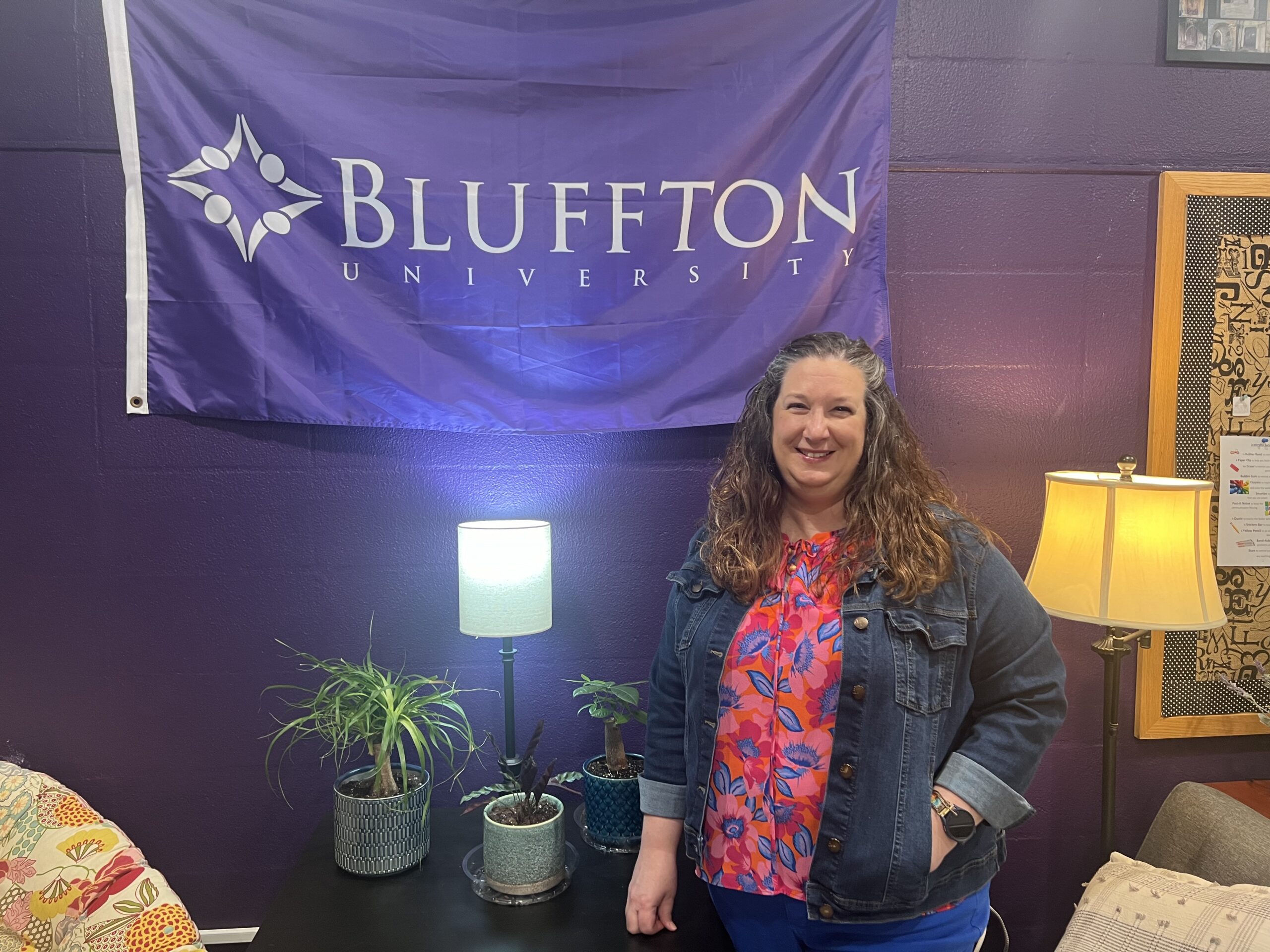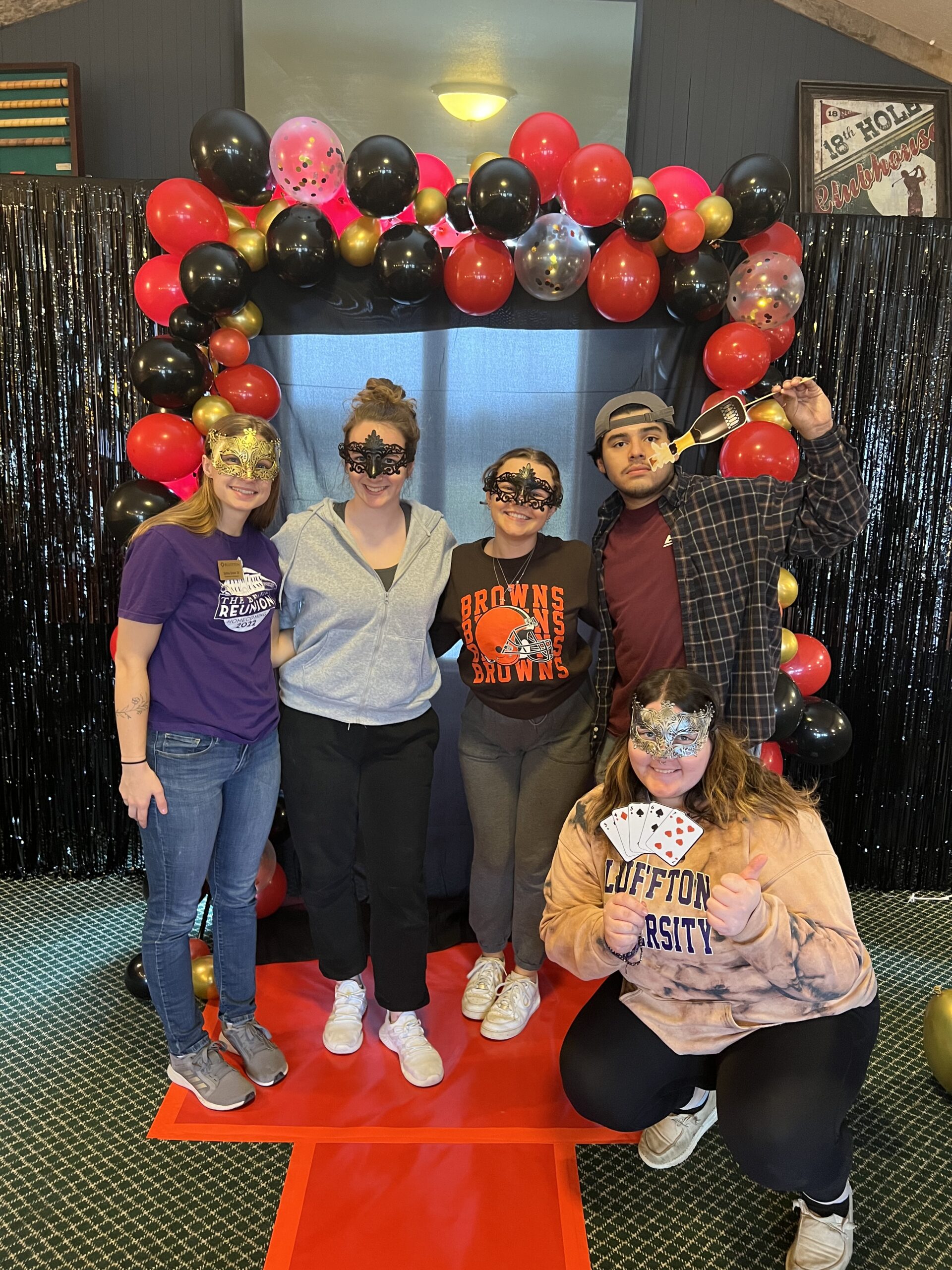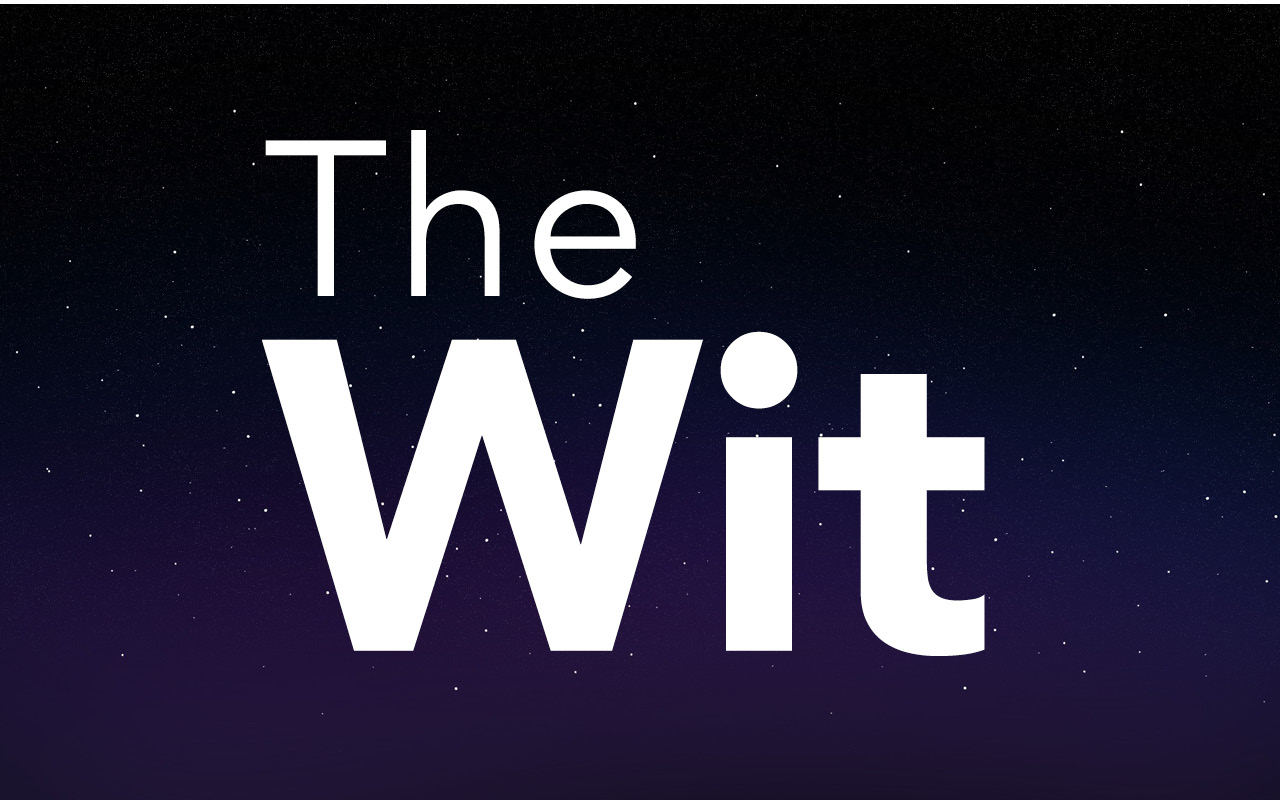
Bridge Managing Editor Danielle Easterday photo by Sarah Heydinger
Three years ago on Bluffton’s campus, there was an urge to begin something to build the motivation of young writers. This idea was Bridge.
Bridge, which is directed by Assistant Professor of English Melissa Michal, publishes works by students outside of Bluffton, from Ohio, the U.S. and around the world. Bridge is one of two literary journals at Bluffton. The other is Shalith, which publishes content from the Bluffton community and is overseen by Professor of English Jeff Gundy.
Dani Easterday, the managing editor for Bridge, has been on staff since fall 2017 described the many processes it takes to get a final piece to be published in Bridge. Easterday often has to interact with authors who have submitted to Bridge, specifically the accepted ones. She is the go-between when it comes to managing affairs for the journal between the authors and the other staff.
“If there are problems that need attention, I am able to go to the student and help them figure out what the problem is, and if need be, I take it to Melissa, the journal editor,” Easterday said. “I typically try to be the person on the staff that everyone knows they can go to with problems.”
Bridge only accepts work from young writers aged 14 to 24, but its mission is to provide a place for the best young writers.
Although there are two literary journals on campus, Bridge has a purpose to provide hands-on experience in the publishing world for current students, incoming first-years, young writers and the Bluffton community.
The purpose also extends to bring attention to the good work that is being written by these young authors, thus not only allowing for the community to be able to read it and be aware of it, but also, in some way, to be inspired by this as well.
When it comes to submissions, it is a lengthy precise process. Approximately two months just for the extensive reading to be done on the submissions. Each genre has one to two reading teams. According to the general rule, reading submissions requires that at least three to four pairs of eyes should read each submission, Easterday said.
“Each team has a period of about two to three weeks to read through the submissions assigned to them, which usually adds up to about 60 to 70 submissions,” said Easterday.
However, there is a difference if a student is a genre editor. These editors normally read every submission in that genre and are a reader for two other genres. Bridge has originally only had five genres but over the years it has expanded to a total of seven, poetry, fiction, creative nonfiction, drama and art.
When speaking more specific on submissions accepted, there are four traits that the work should have: mastery, delight, irrevocability and surprise.
“We want the works we accept to be the best from the age range we have specified. We want works whose writing is good—that is, masterfully crafted,” Easterday said. “We want to be delighted by the works we read, and we want to be surprised. We want originality and authenticity. Works that are cliché are not the best, and as such, do not fit into what we put into Bridge.”
To go along with the Editor’s Statement on Bluffton University’s website, Bridge aims to find works with irrevocability, meaning they want to publish works that change their audience, that stick with them, and that they don’t forget.
The works Bridge publishes bring topics that are relevant today and are creatively brought to light, Easterday said. However, Bridge does not publish works that are inappropriate, such as gratuitous violence, gore, sexuality, drugs or alcohol.
“Our goal is to publish submissions and works that go beyond making you feel something; our goal is to publish works that forever leave a mark on us,” Easterday said. “Our purpose is not to enable these topics; rather, our purpose is to bring these topics to attention in a classy, creative, and appropriate way, both in terms of audience and in terms of being culturally correct.”
Bridge accepts about one to two drama submissions and four to six fiction submissions for each issue. Poetry submissions accepted range from 10 to 12, and creative nonfiction is around two to three. When it comes to art, comic and graphics, it just depends on the amount of work submitted and how many are true quality works.
Authors who have works that have been published in Bridge normally are only published once.
“It is common courtesy in the publishing world after an author is published once, it is expected that they wait two years or more before submitting another work to the journal again, to give other authors a chance to be published,” Easterday said. “However, there are times where we accept more than one work from an author for the same issue, especially relating to poetry and art. If we see two poems that work well with each other, or two art submissions, then we try to accept both and publish them side-by-side.”
Including the recent Fall 2019 Bridge edition, a total of six issues of Bridge have been published. The first was in spring 2017.
Bridge staff tries to been helpful to students and young authors by keeping the feedback personal and informational, Easterday said.
“One of Bridge’s long-standing traditions is taking the time to personalize decline emails to the authors whose works were really good, but they just didn’t meet one of the loose criteria we have,” said Easterday.
Although not all authors are accepted for publishing, all authors’ works are appreciated through Bridge staff and editors, Easterday said.






